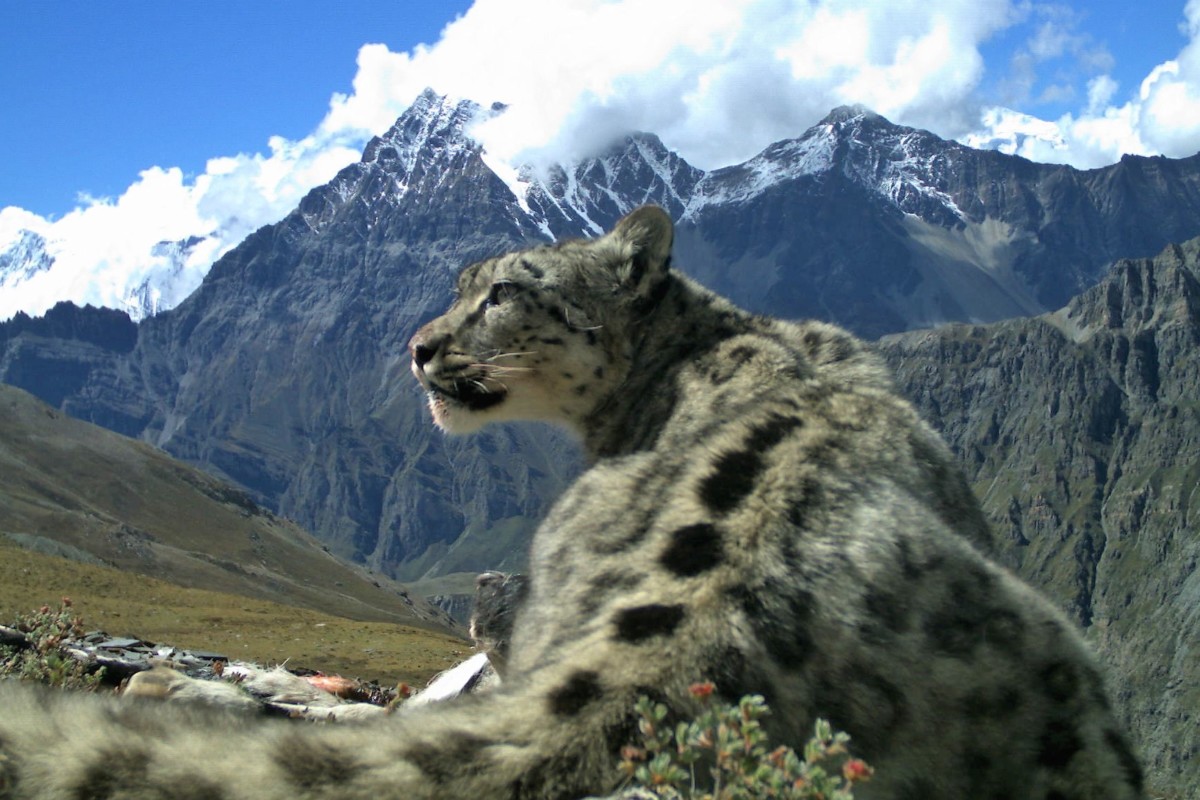Sacred Peaks and Spotted Guardians: How Faith and Culture Shield the Elusive Snow Leopard
Religion
2025-04-07 18:33:41Content

In the predawn darkness of a chilly November morning, the tranquil mountain village of Dhakmar in Nepal's Mustang district was shattered by an unexpected and devastating encounter. At 4 a.m., four snow leopards silently infiltrated Mingmar Gurung's livestock corral, transforming a peaceful night into a scene of shocking destruction.
The first hint of trouble came from the terrified bleating of goats, piercing the early morning silence. Startled awake, Mingmar rushed toward the corral, his heart racing with a mixture of fear and dread. What he discovered was a nightmare beyond imagination: of his 190 carefully tended goats, 77 had been killed by the snow leopards.
This brutal incident highlights the complex and often tragic interactions between wildlife and local communities in the remote Himalayan regions, where survival for both humans and animals is a delicate balance. For Mingmar and his fellow villagers, the loss represents not just economic devastation, but a profound disruption of their fragile mountain ecosystem.
Deadly Encounter: When Snow Leopards Strike - A Devastating Night in Mustang's Mountain Village
In the remote, rugged landscapes of Nepal's Mustang district, the delicate balance between wildlife and human survival plays out in dramatic and often heartbreaking ways. The harsh mountain terrain, where snow leopards roam and local communities struggle to maintain their traditional livestock-based livelihoods, becomes a battleground of survival, conflict, and ecological complexity.When Predators and Prey Collide: A Shocking Tale of Wilderness Survival
The Ecological Landscape of Conflict
The Himalayan region represents a complex ecosystem where wildlife conservation intersects with human economic survival. Snow leopards, endangered and elusive predators, inhabit some of the world's most challenging terrains, navigating steep mountain slopes and surviving in extreme conditions. Their interactions with human settlements are increasingly fraught with tension, as shrinking habitats and diminishing prey populations drive these magnificent creatures into closer contact with human communities. In the case of Dhakmar village, the encounter represents more than a simple predation event. It symbolizes the broader challenges of coexistence between wildlife and human populations in marginal mountain environments. The loss of 77 goats represents not just an economic blow but a profound disruption of a delicate ecological balance.Understanding Snow Leopard Behavior and Territorial Dynamics
Snow leopards are not casual hunters but strategic predators adapted to extreme mountain environments. Their hunting patterns are influenced by multiple factors including seasonal changes, prey availability, and territorial imperatives. The nighttime raid on Mingmar Gurung's livestock corral reveals complex behavioral patterns that extend beyond simple hunger. These apex predators typically target wild mountain ungulates like blue sheep and ibex. However, when natural prey becomes scarce or fragmented, they may turn to livestock, creating significant challenges for local communities. The predation event in Dhakmar village underscores the intricate relationship between wildlife conservation, human economic survival, and ecological adaptation.Economic and Social Implications of Wildlife Conflict
For mountain communities like those in Mustang district, livestock represents more than economic assets—they are lifelines of survival. Each animal lost to predation creates ripple effects through family and community economic structures. The sudden loss of 77 goats represents a potentially devastating economic blow that extends far beyond the immediate monetary value. Local communities often find themselves caught between conservation mandates and economic survival. While international and national conservation efforts seek to protect endangered species like snow leopards, individual families bear the immediate economic consequences of such protection strategies.Conservation Strategies and Community Resilience
Addressing wildlife conflict requires nuanced, collaborative approaches that balance ecological preservation with human economic needs. Innovative strategies such as improved livestock protection methods, compensation schemes, and community-based conservation programs can help mitigate these challenging interactions. Technologies like predator-proof corrals, guardian dogs, and early warning systems have shown promise in reducing livestock losses. Moreover, community education programs that enhance understanding of wildlife behavior and ecological interdependence can foster more harmonious coexistence.Broader Ecological and Climate Change Context
The increasing frequency of such wildlife-human conflicts cannot be divorced from broader ecological transformations. Climate change, habitat fragmentation, and human expansion into wilderness areas are fundamentally altering traditional ecological relationships. Snow leopards, with their specialized adaptations, serve as critical indicators of mountain ecosystem health. Their survival and behavioral changes offer profound insights into the complex environmental changes reshaping our planet's most challenging landscapes.RELATED NEWS
Religion

Lottery Shutdown: How Syria's New Regime is Reshaping Faith and Finance
2025-04-14 14:40:00
Religion

Vatican Talks: Vance and Cardinal Parolin Tackle Religious Liberty and Global Migration
2025-04-19 15:04:00






